Enteral Feeding Devices
GBUK Enteral specialises in the supply of enteral feeding devices. Our comprehensive range of products enables healthcare professionals to safely deliver nutrition to their patients being cared for both in hospital and in their own homes. GBUK Enteral is proud to be playing a pivotal part in the global ISO ENFit 80369-3 roll-out. We take pride in our commitment to quality, clinical innovation and providing exceptional value.
Enteral Feeding Devices
GBUK Enteral specialises in the supply of enteral feeding devices. Our comprehensive range of products enables healthcare professionals to safely deliver nutrition to their patients being cared for both in hospital and in their own homes. GBUK Enteral is proud to be playing a pivotal part in the global ISO ENFit 80369-3 roll-out. We take pride in our commitment to quality, clinical innovation and providing exceptional value.
Product Brochure
High-Quality Enteral Feeding Devices for Optimal Patient Nutrition
Ensure optimal patient nutrition with our high-quality enteral feeding products, including feeding tubes, Enteral syringes, drainage bags, Enteral pH paper and full range of accessories. Our products are designed for ease of use, reliability and safety, and are ideal for healthcare professionals in hospitals, long-term care facilities and home healthcare settings. In addition to our brochure below, our enteral product categories are here in full detail.

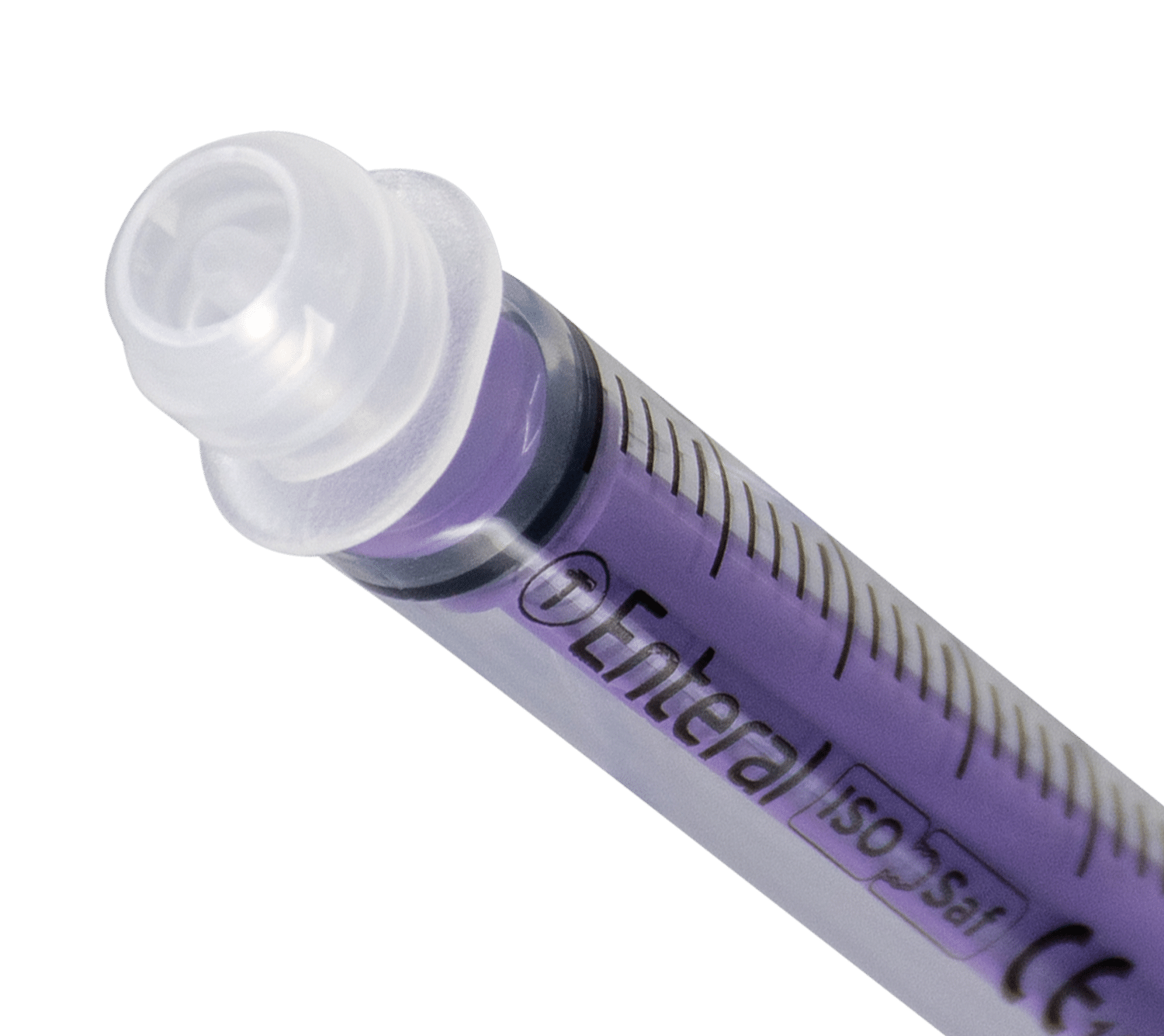
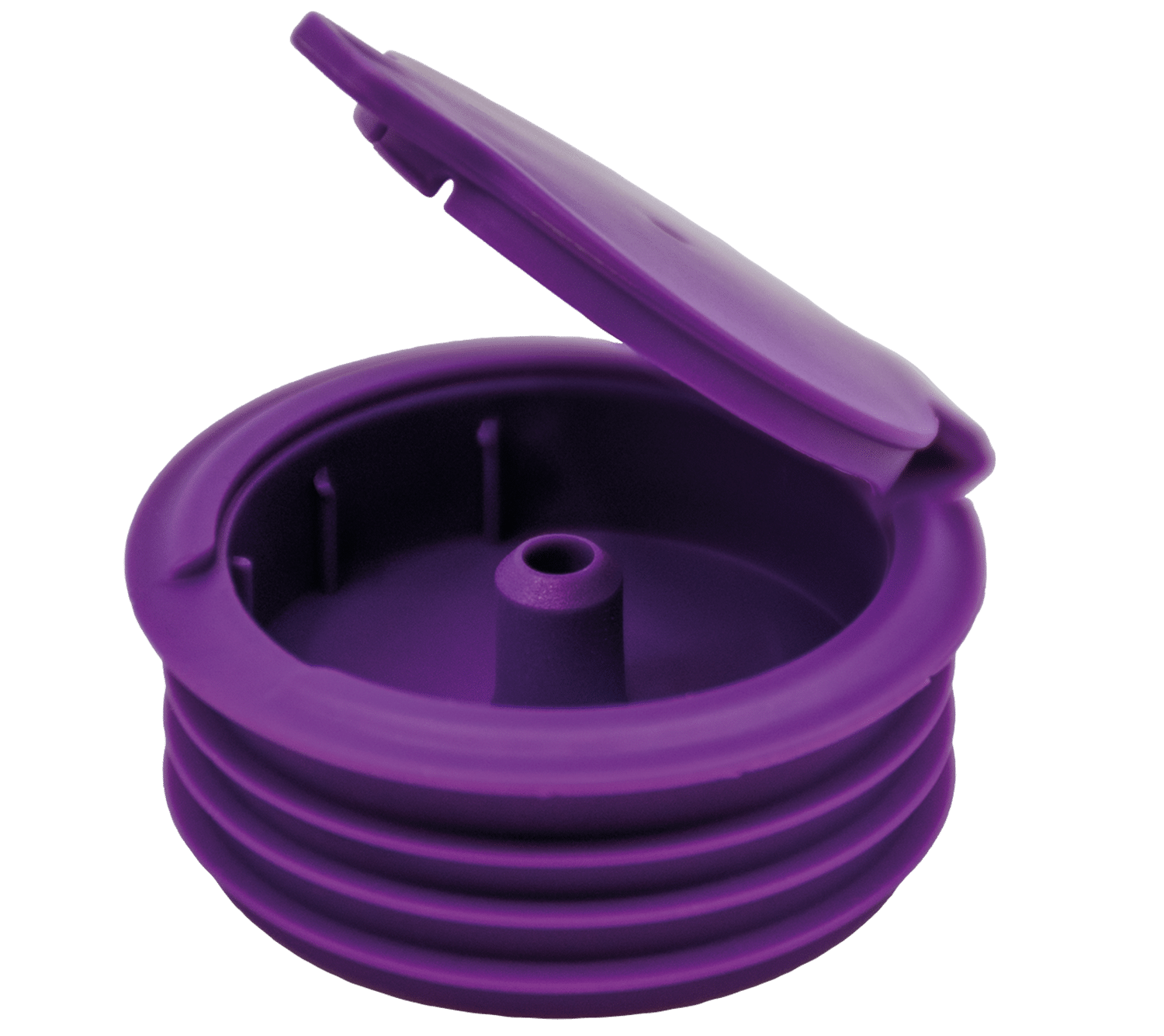
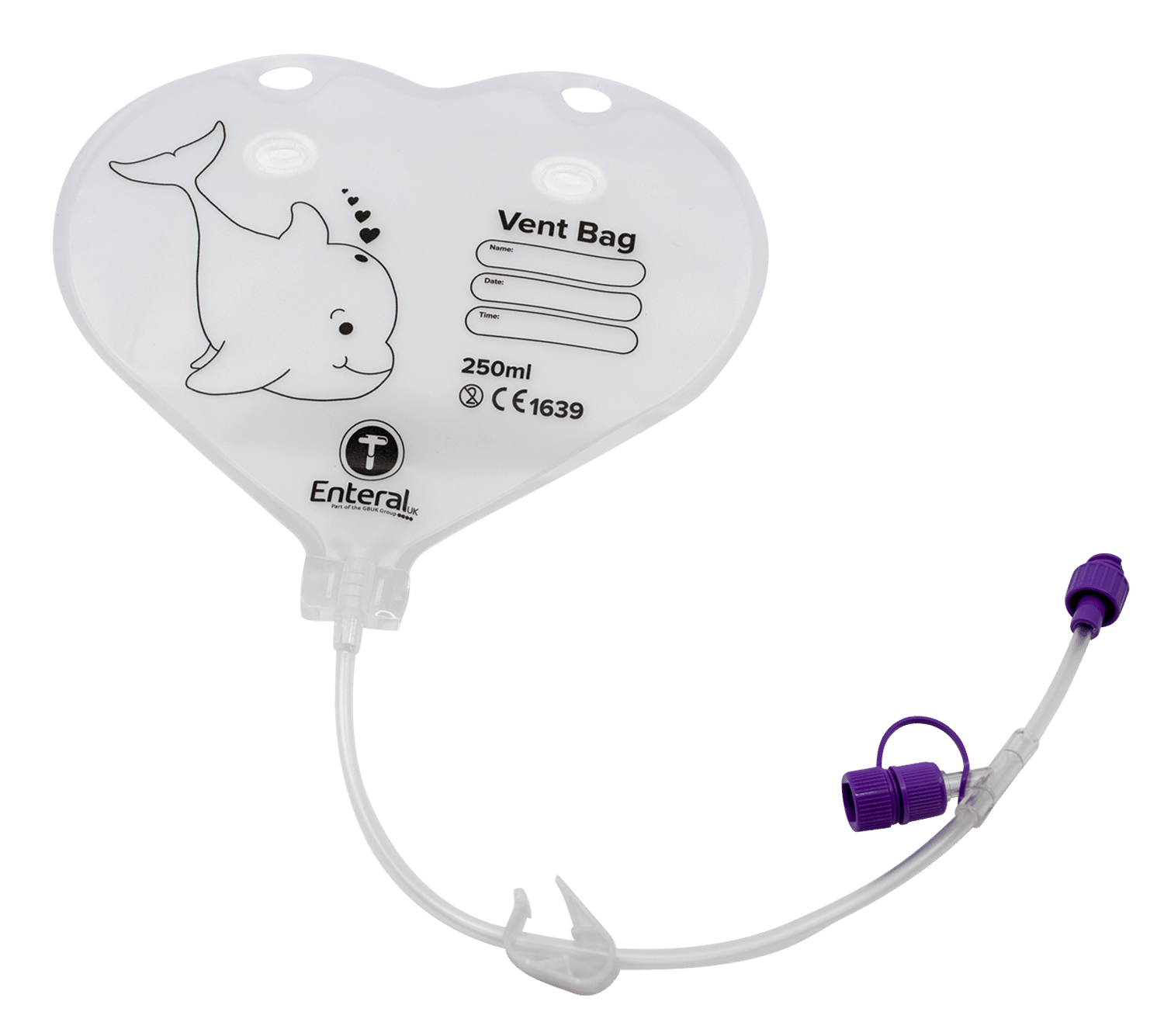
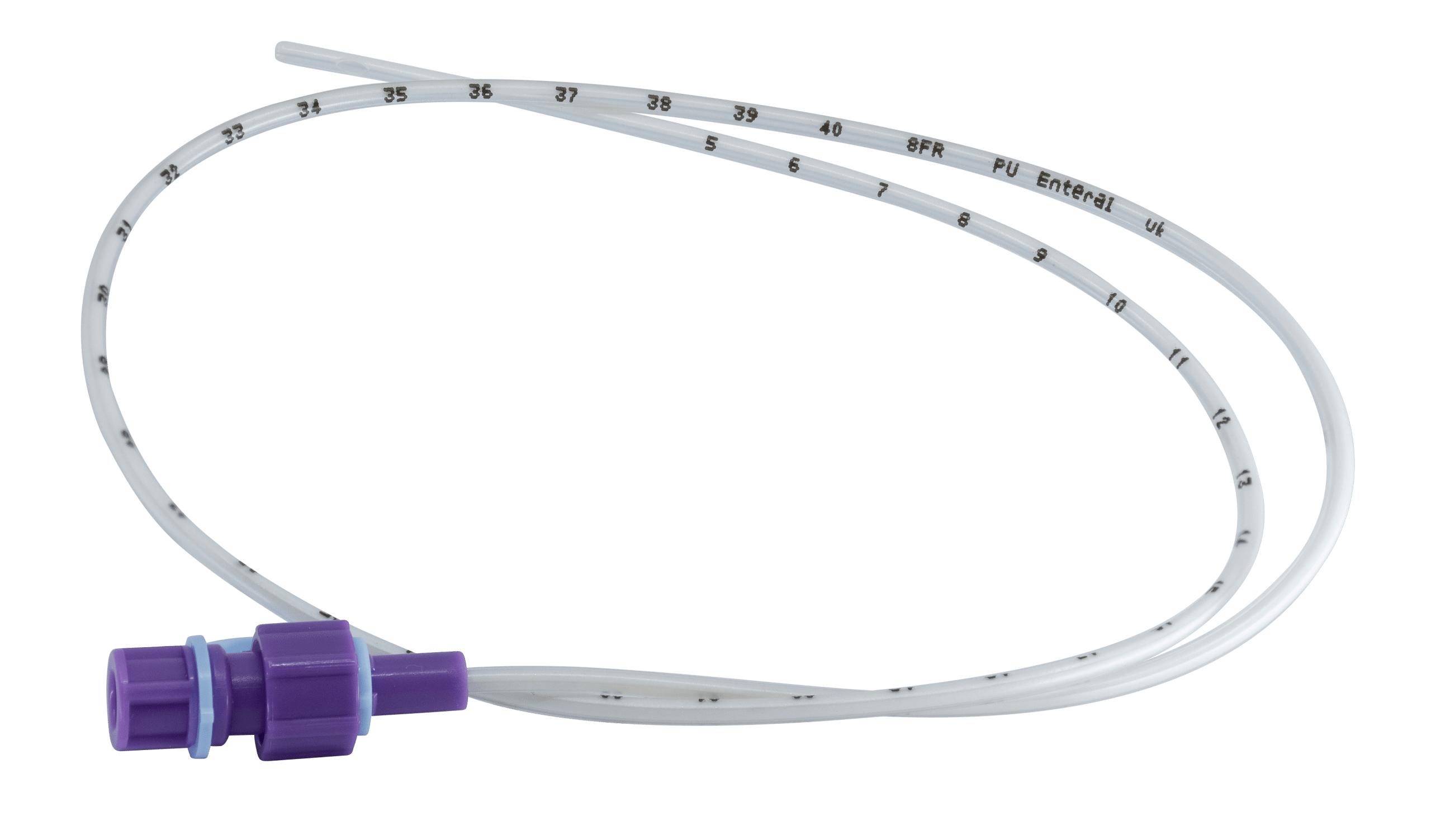
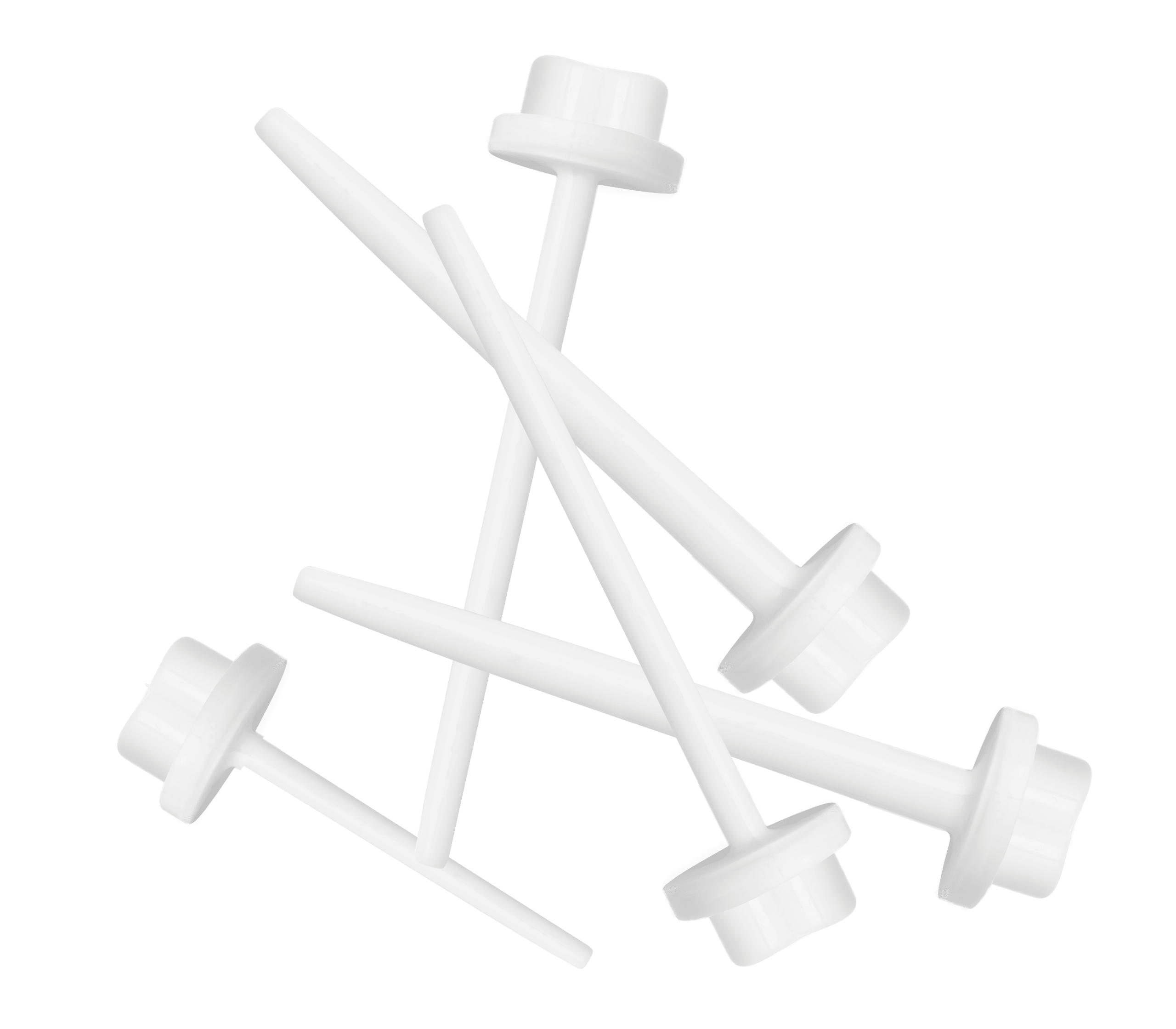
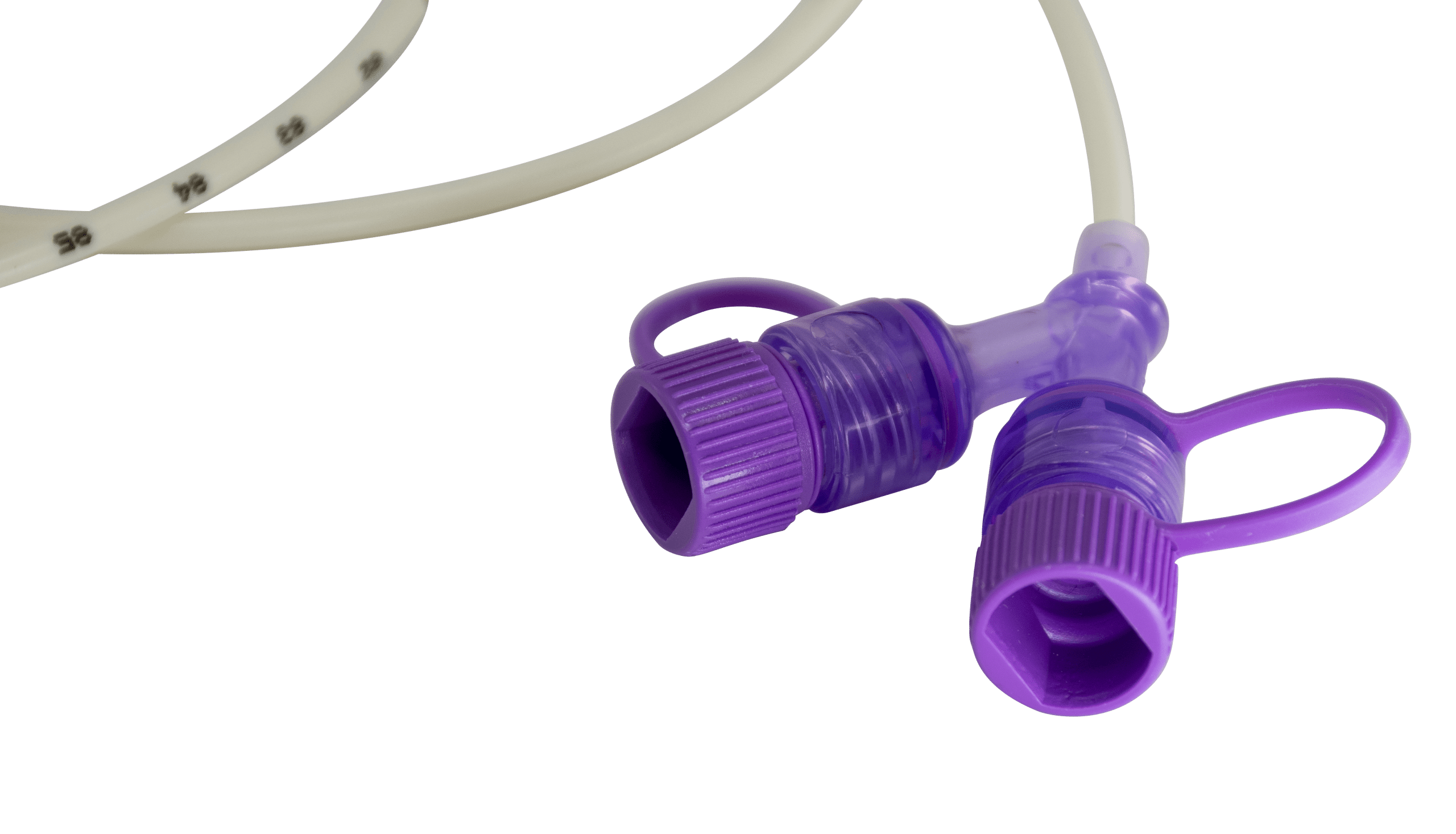
Babies given life saving nutrition approximately each year
Education & Training
Nursing is a complex profession that requires a wide range of skills and knowledge, including physical assessment, pharmacology, nutrition, infection control, and communication. Staff must be adequately trained to ensure that they are able to safely and effectively perform the tasks required of them. GBUK Group helps nurses to stay ahead and deliver the highest quality of care possible. Enteral feeding devices, a crucial aspect of patient care, are certainly integral to a nurse's skill set. Choose GBUK Group for industry-leading nurse education that enhances patient care.
pH strips are used to check for correct placement of Nasogastric Feeding Tubes each year
Resources
If you're looking for additional resources on our products, you've come to the right place. Our website features a dedicated section that provides a wealth of information about our products, including product manuals, brochures, videos and more.
This section is designed to help you get the most out of our products and make informed decisions about which products are right for your needs. Whether you’re a healthcare professional looking for technical specifications or a patient or caregiver looking for product information, you’ll find everything you need in this section.
We update our resources regularly, so be sure to check back often for the latest information. And if you can’t find what you’re looking for or have any questions, our customer service team is always available to help.
So take a moment to explore our resources section and discover how our products can help you provide the best possible care to your patients.
Video
Welcome to our video section page, where you’ll find a collection of videos showcasing our products in action. Whether you’re a healthcare professional looking for training videos or a patient or caregiver seeking educational resources, our video section is a valuable resource.
These videos provide insights into the proper use and management of enteral feeding devices, offering comprehensive guidance to healthcare professionals and empowering patients and caregivers with the knowledge they need.
Our videos provide an in-depth look at how our products work, their features and benefits, and how they can be used to improve patient outcomes. From instructional videos to product demonstrations and patient testimonials, our video section is packed with valuable information that can help you make informed decisions about our products. We update our video section regularly, so be sure to check back often for the latest videos. And if you can’t find what you’re looking for or have any questions, our customer service team is always available to help.
So take a moment to explore our video section and discover how our products can help you provide the best possible care to your patients.

At GBUK Group we value your feedback
We are committed to providing you with the best possible experience. If you have any questions, comments, or concerns, please do not hesitate to contact us.
Our customer service team is available to assist you with any inquiries you may have. You can reach us via phone, email, or by filling out the contact form. We appreciate your business and look forward to hearing from you!
Call us
+44 (0)1757 288 587
Lines open
8:30 am to 5:30 pm
Monday - Friday
Deliveries
For all deliveries and collections, please park in the designated bay (HGV6) and call our number to confirm that you are in the HGV bay.
Visit us
GBUK Group Ltd.
Woodland House,
Blackwood Hall Business Park,
North Duffield,
Selby,
North Yorkshire,
YO8 5DD,
United Kingdom














